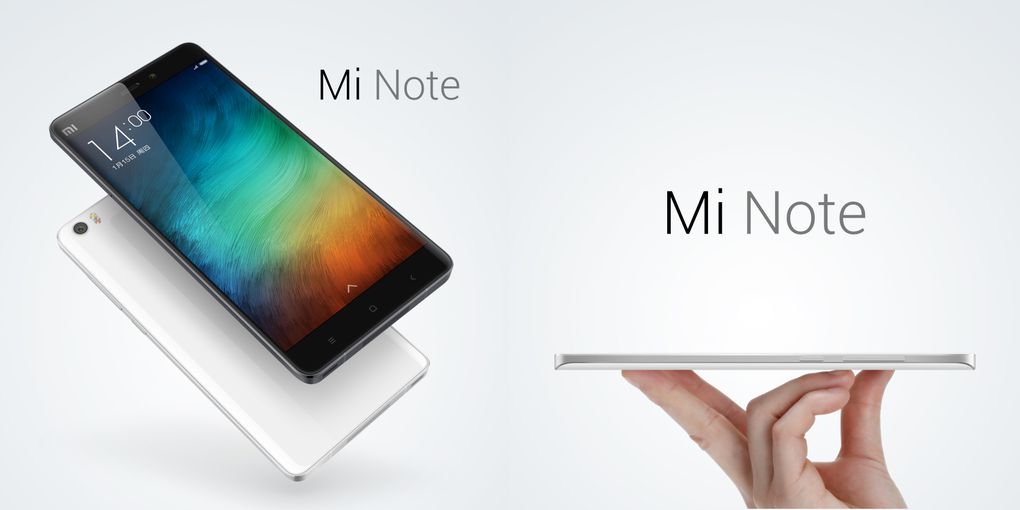A lot of press inches have been
given over recently to Apple and Samsung – the two giants of the smartphone
world. But as greater expectations are placed on a brand, there are always two
possible outcomes: greater prices, and/or disappointment. As such, the
attention of many tech blogs has turned to the smartphones coming out of China.
Often dismissed as poor copies of their Western rivals, we’ll show you that
there are plenty of Chinese smartphones more than ready to hold their own in a
global market.
Lenovo
Founded in 1984, it’s very likely
that you’ll have heard of Lenovo, especially since their hiring of actor Ashton
Kutcher as product engineer and spokesperson. However, the company are still
more well-known for their computers and tablets than their smartphones.
One to watch: Look out for the
Lenovo Vibe Z2 Pro. This 7.7mm metal smartphone has clean, edgy lines, and
packs a 4,000mAh battery.
Huawei
Given their status as the largest
telecom equipment manufacturer in the world, Huawei is a familiar name. We wrote
last week about Huawei’s wearables from MWC15 – with their Android Wear
watch more than holding its own against competitors from Apple and LG.
Ones to watch: The Huawei Ascend
Mate 2, with a 6.1” display, offers excellent value for money, whilst the
Ascend Mate 7, with a 6” display, has an attractive 7.9mm metal body,
industry-leading fingerprint sensor, and a 4,100mAh battery. The Huawei Honor 6
Plus houses an innovative dual camera sensor, with two 8MP sensors allowing for
better photography in low-light conditions.
Xiaomi
Pronounced shao-me, the company was founded in 2010, and is proving itself to
be something of a game-changer. Makers of the bestselling affordable smartphone
in Asia, the Redmi, Xiaomi are sometimes referred to as the “Chinese Apple” due
to both the perceived design similarities, and the legions of dedicated fans.
Ones to watch: The Xiaomi Redmi
Note, an almost unbeatable combination of quality and affordability in phablet
form.
The Redmi 2 – a 4.7” screen, with
720 x 1280 display, running on a Snapdragon 410 64-bit quad core chip. If you
can get hold of one, an excellent introduction to Xiaomi’s products.
The Xiaomi Mi Note. Described by
many as the best Chinese smartphone, although not easily available outside of
Asia. The Mi Note runs on a 2.5GHz Snapdragon 801 chip – not quite as powerful
as the OnePlus One’s Snapdragon 8.1, but none too shabby – and has a 5.7”,
1,920 x 1,080 display. This is a larger screen than the iPhone 6Plus, but both
thinner and lighter.
The Mi Note combines enough
innovative new features, with familiar, comfortable ones, to make it incredibly
usable. Despite the OS no longer requiring capacitive buttons, the Mi Note
features three on the bottom bezel – I for one prefer this set-up. The
structure of the phone is a metal ‘body’ fixed between front and back Gorilla
Glass 3, with a slight curve making it more comfortable to hold.
Perhaps the most interesting
feature is the custom MIUI Android skin, described as “strikingly refreshing”
in comparison to Samsung’s TouchWiz.
If you’re looking for the best
mobile phones for you and your employees, as well as the best support for your
business, look no further than Fivebars
Mobile.




